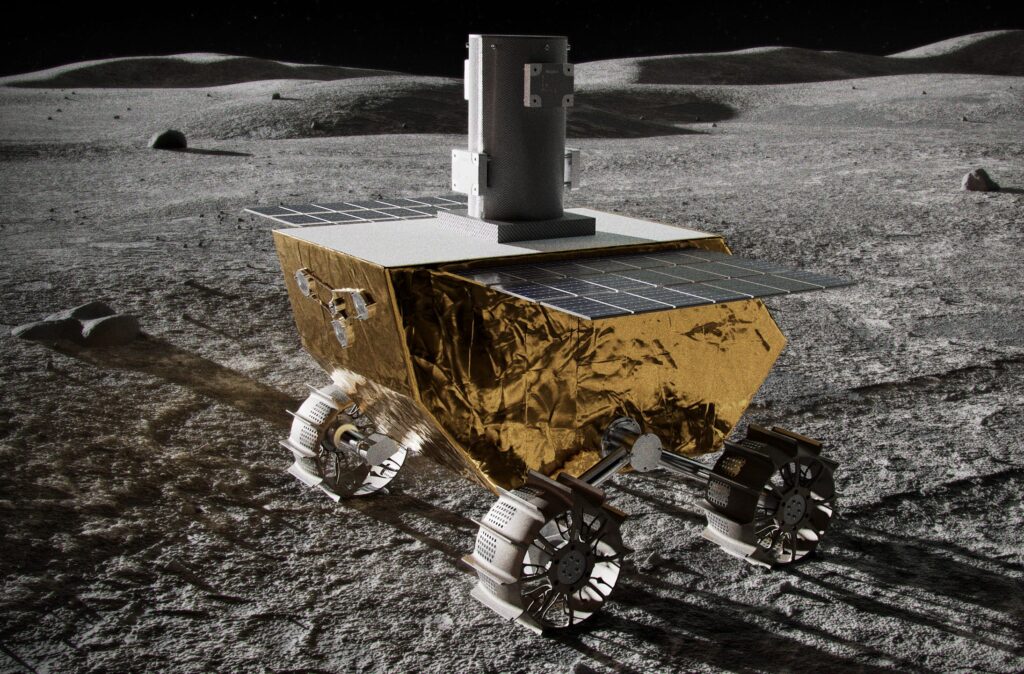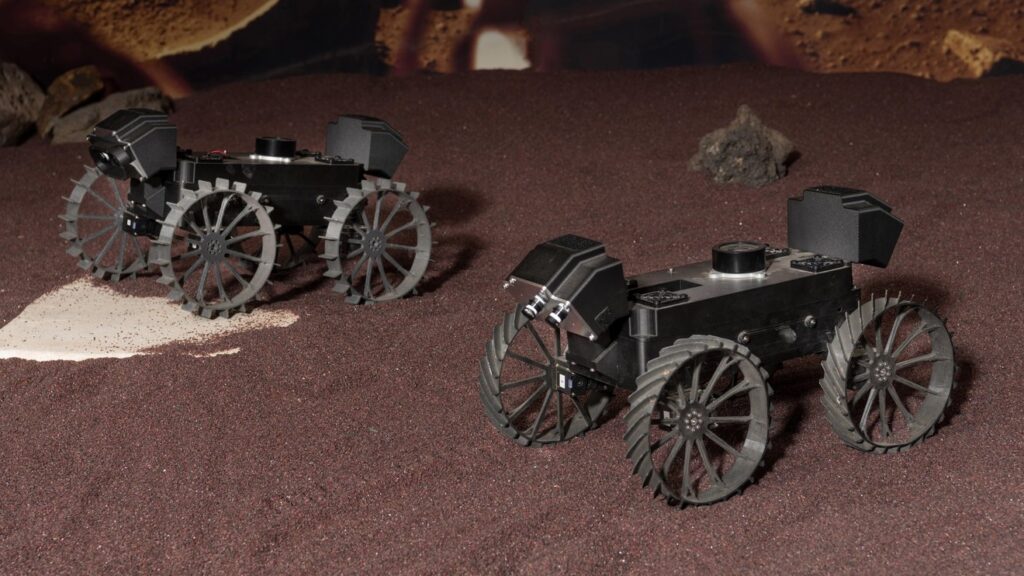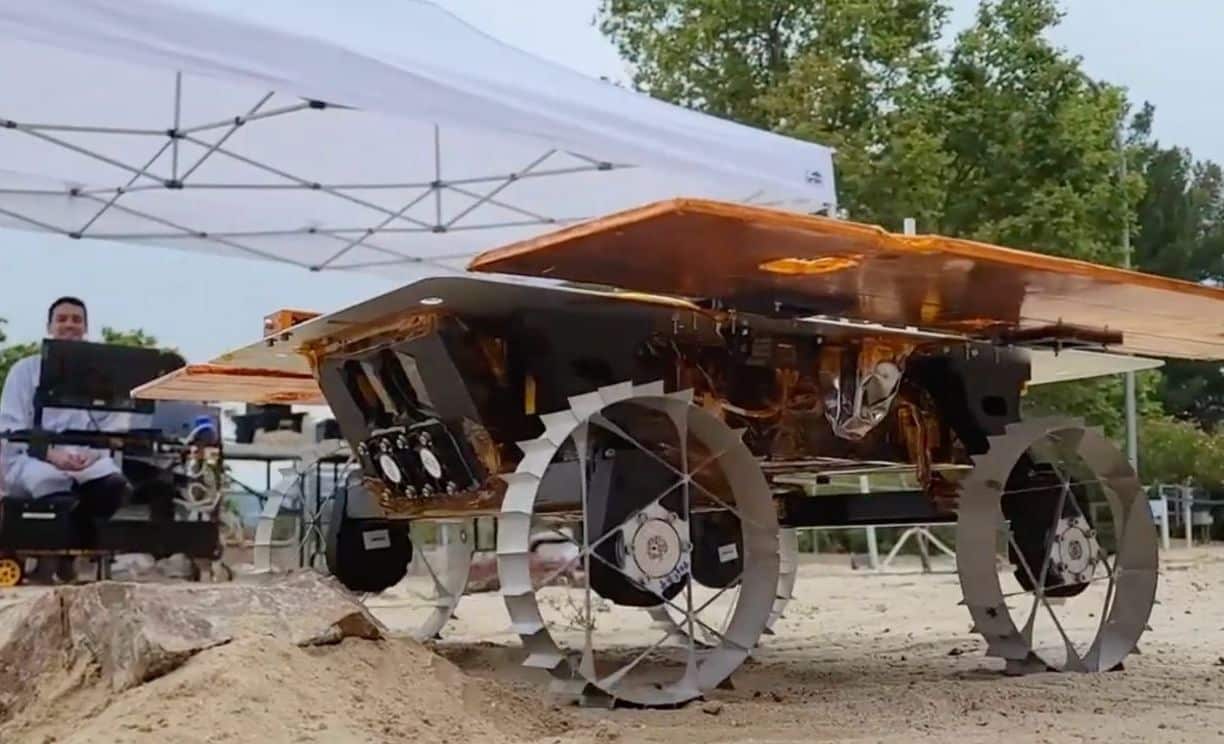NASA’s new mini moon robots the size of hand luggage will create state-of-the-art 3D mapping
Published on Aug 04, 2023 at 7:27 PM (UTC+4)
by Alessandro Renesis
Last updated on Aug 07, 2023 at 7:30 PM (UTC+4)
Edited by
Kate Bain
NASA is certainly keeping busy.
First, they launched a new streaming service called NASA+, then they said we’re going to Mars using nuclear-powered spacecraft.
And now they’re working on mini Moon rovers.
READ MORE: A Concorde with a silencer: NASA’s X-59 brings back supersonic travel with no sonic boom
They’re super tiny, around the same size as a carry-on suitcase.
The trio of miniature rovers aren’t just built for fun, by the way, they’re bona fide rovers that the world’s most famous space agency is planning to use as early as next year.
They’re due to arrive at the Moon aboard a lander in 2024.
Specifically, they’re expected to land on the Reiner Gamma region of the Moon.

Don’t let the size fool you because these Moon rovers are technically phenomenal, and fitted with state-of-the-art technology.
Each one is equipped with cameras and radar that can ‘penetrate’ the ground, and they’re solar-powered.
Yes, the irony of sending a solar-powered vehicle to the Moon isn’t lost on us.

But all levity aside, what they do is simple.
This is how it works: the mini Moon rover can drive to a sunbathing spot, at which point they open their solar panels and charge up.
“Our mission is to demonstrate that a network of a mobile robots can cooperate to accomplish a task without human intervention,” said NASA’s Jet Lab project manager Subha Comandur.
“The question for future missions will become, how many rovers do we send, and what will they do together?” Subha further explained.
The idea is to send these rovers to the Moon ahead in preparation for another manned expedition in the future.
The mission is part of NASA’s goal to get back to the Moon by the 2025, which would mark man’s return to the Moon after a 53-year hiatus.
DISCOVER SBX CARS: The global premium car auction platform powered by Supercar Blondie






